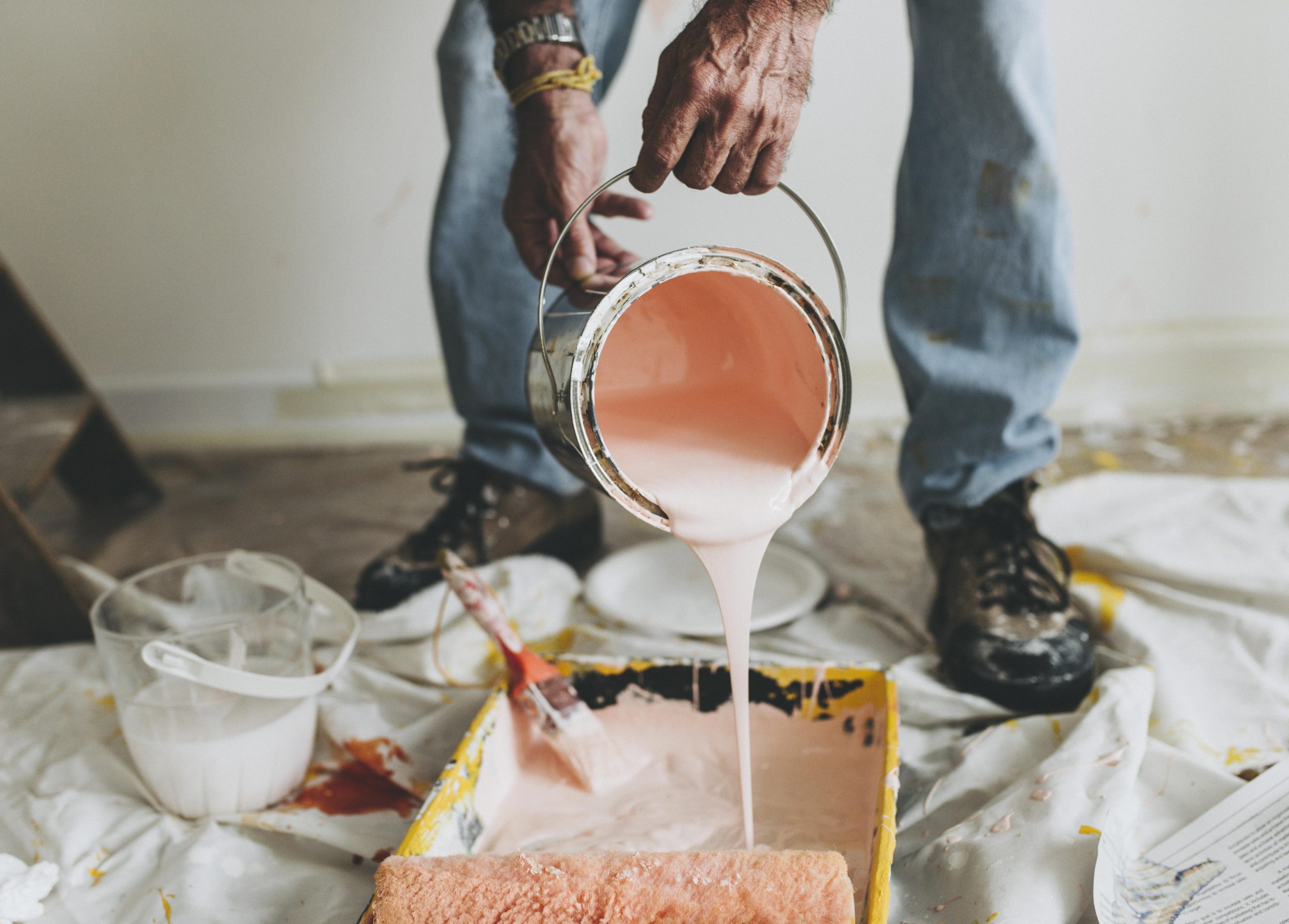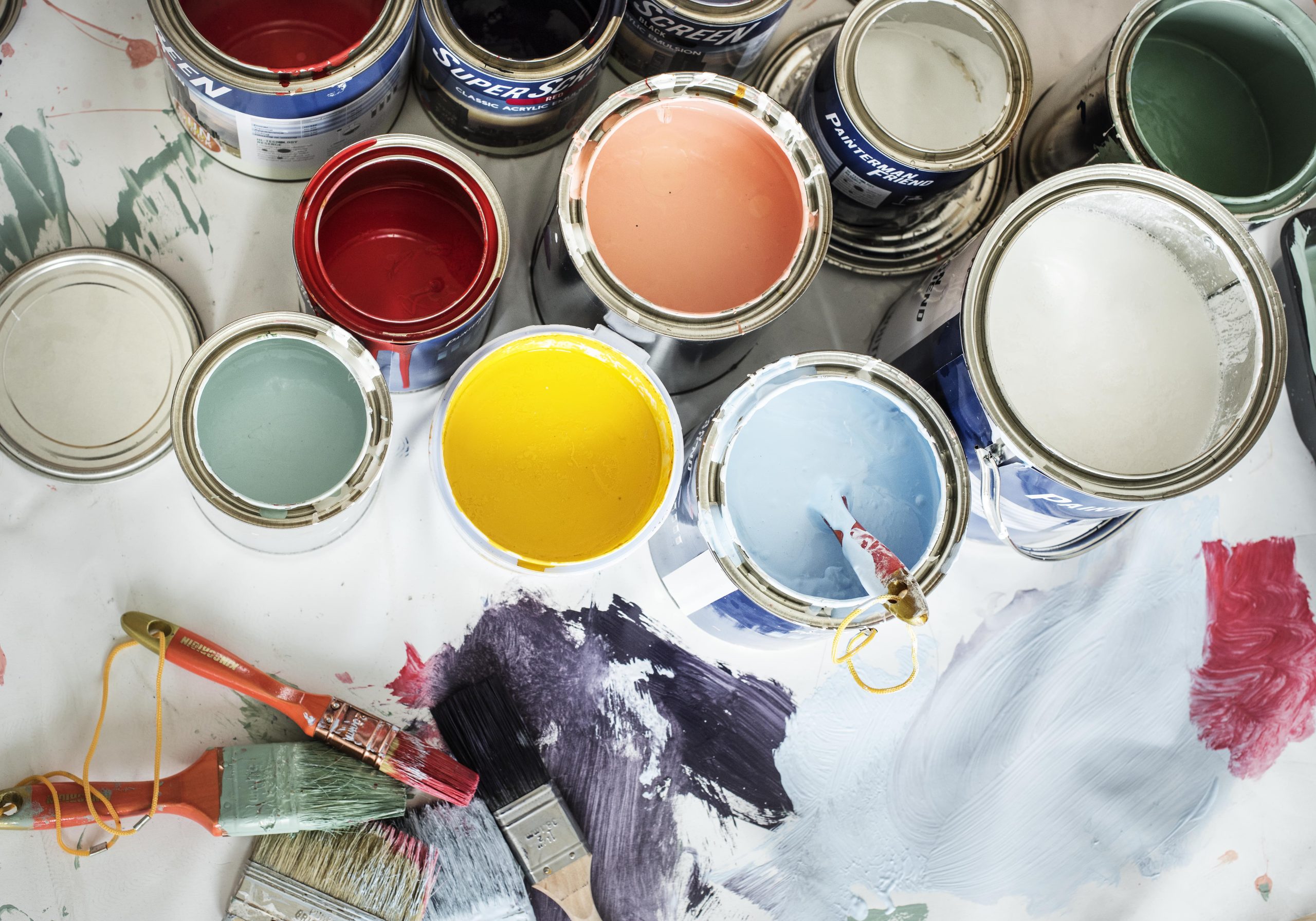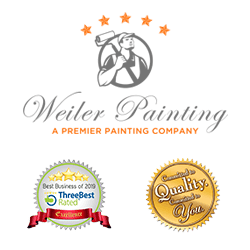When it comes to home improvement, paint selection often emerges as a crucial decision. Customers often find themselves in the dilemma of choosing between low-cost paint and its pricier counterparts. At Weiler Painting, we’ve seen a wide range of painting projects and are here to give you an insider’s perspective. This blog post delves into the cost and quality problem, thoroughly exploring whether ‘cheap paint’ offers a good bargain.
Unpacking the Ingredients
Paint is much more than a blend of colors—it’s a complex concoction of several ingredients. Understanding the composition can help elucidate the price disparity.
Cheap Paint: These often contain clay and calcium carbonate fillers. Despite lowering the cost, these ingredients offer weak adherence to surfaces, resulting in a shorter lifespan.
Expensive Paint: High-end paints usually abstain from fillers, instead incorporating quality resins. These boost durability and longevity.
Dry Time and Evaporation Rate: More Than Just a Waiting Game
How your paint dries significantly affects its performance.
Cheap Paint: With a higher water content, these paints have a quick evaporation rate, leading to a faster drying time. However, the trade-off is that they typically require more coats to achieve the desired coverage.
Expensive Paint: Lower water and richer pigment concentrations ensure a slower evaporation rate. These paints take longer to dry but offer superior coverage with fewer coats.
Weighing the Pros and Cons
Every choice in paint selection comes with its unique set of advantages and disadvantages. Thus, it’s crucial to understand what you’re gaining or potentially compromising when selecting. Let’s dive deeper:
Cheap Paint:
Advantages:
More volume for less money: One of the most appealing advantages of cheap paint is getting more quantity for your buck.
Enormous color experimentation scope: With cheap paint, you can experiment with different colors without burning a hole in your pocket. It’s a cost-effective way to test various shades until you find your desired hue.
Variety of finishes: Even with a lower price tag, cheap paints offer a good variety of finishes. Depending on your preference and the project’s needs, you can choose matte, eggshell, satin, semi-gloss, or gloss.
Disadvantages:
Inferior finish: Despite the variety, cheap paints tend to have a less refined, lower-quality finish than their more expensive counterparts. The finish may appear streaky or uneven, especially without primer.
Shorter lifespan: Due to the lower quality of ingredients, cheap paints often have a shorter lifespan. They might show signs of wear and tear or fade sooner.
A higher number of required coats: Cheap paint generally has less pigment and more fillers, meaning you’ll likely need multiple coats to achieve the desired opacity and richness of color. This can increase the overall labor and time for the project.
Limited palette and sheen variety: Although you’ll find primary colors and finishes, the spectrum might not be as extensive as in premium paint lines. This can limit your options, particularly if you want unique or designer hues.
Expensive Paint:
Advantages:
Fewer required coats: High-end paints have a higher pigment concentration and fewer fillers, translating into better coverage. Often, you can achieve the desired look in fewer coats, saving time and effort.
Longer-lasting appeal: Quality paints use superior resins and less filler, ensuring a smooth, lustrous finish and extending the paint’s lifespan. It will stay vibrant and fresh-looking for longer, providing better value in the long run.
A broader array of finishes: Expensive paints often come in a more extensive selection of finishes and sheens, from ultra-matte to high-gloss, offering more flexibility in achieving your desired aesthetic.
Extensive color range: High-end paint lines often offer a vast and sophisticated color palette, including exclusive designer shades, giving you endless possibilities for your space.
Disadvantages:
Not always beginner-friendly: High-quality paint may require more skill to apply correctly due to its richer consistency and pigment load. For beginners, this could pose a challenge.
More expensive: Quality comes with a price, and expensive paint can be a significant investment. There might be better choices if you work with a tight budget.
Sometimes necessitates primer: Although expensive paint often offers better coverage, some colors or finishes may still require a primer, especially for significant color changes or on new, uncoated surfaces. This additional step can add to the project’s time and cost.
So, Is Cheap Paint Worth It?
The question could be more complex than it may seem, hinging heavily on your specific painting needs.
Cheap paint can serve well for smaller, less significant projects or those wanting to practice their painting techniques. However, for larger, more critical tasks, the longevity, finish, and overall quality of expensive paint arguably justify its higher cost.
Choosing Wisely with Weiler Painting
At Weiler Painting, we recommend not skimping on quality for crucial painting projects. While the upfront costs may seem high, premium paint can save you money in the long run with its durability, coverage, and aesthetic appeal. Furthermore, it’s essential to remember that well-recognized brands sometimes equate to the highest quality.
Conclusion
In the grand scheme of home improvement projects, the choice of paint can significantly impact the overall result. So, while cheap paint might initially seem like a good bargain, there may be better choices. At Weiler Painting, we believe in providing lasting value and guiding our customers to make informed decisions based on their unique needs and projects.



